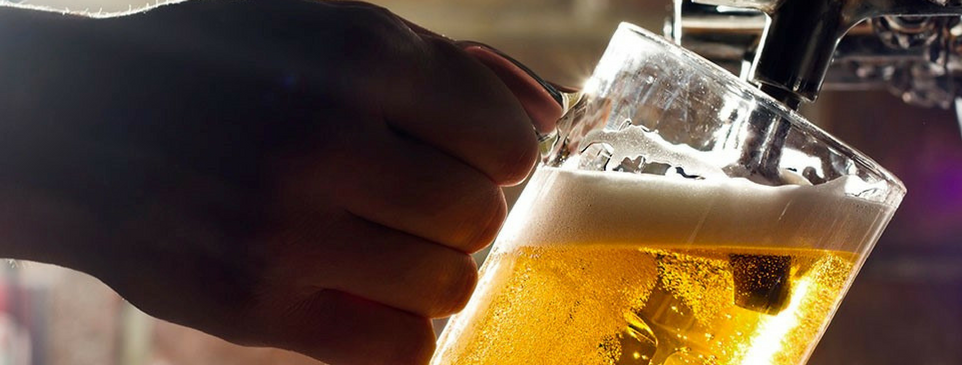
The Beer Quality 2017 report from Vianet is out and it makes for interesting reading. There is no change from last year in that one out of three pints served in the UK will be from an unclean beer line. However, it also lays out clearly the advantages of a good cleaning regime.
How to profit from cleaning
Apart from having a satisfied and loyal clientele by serving high quality beer, the report states the financial advantages of keeping beer lines clean. The maths show that the difference in annual yields between beers served in mostly clean lines (90-100%) compared with more unclean lines (40-50%) is a whopping 63 barrels which is 18,144 pints. At £3.50 a throw, that’s £63,500 or nearly £32,000 at a gross profit margin of 50%. Well worth having!
Why clean lines are an imperative
Beer leaves mineral deposits in the lines and yeast and bacteria build up. This affects the dispense quality of the beer and often taints it, making for an unpleasant customer experience. The Vianet report states: ‘When a clean is overdue, wastage levels increase due to lower quality beer, driving a lower yield, profit and customer experience.’
Getting it right – the advice from the experts
All breweries recommend a weekly clean and when factored in to your cleaning regime makes for maximum yield, profits and a positive customer experience.
Always follow instruction to maximise efficacy.
Don’t forget about fob detectors, couplings and taps.
Go for quality
Prosan Plus Purple Line Cleaner and Protinate Heavy Duty Line Cleaner give fantastic results every time. Single dosage bottles are available allowing for precise dosing. And at only a 1% dosage it goes a long way! And for everything else there is our fantastic Cellar Hygiene Spray, which makes keeping everything hygienic very easy.
Love your lines – Shop at Proton Direct Today https://proton-direct.co.uk/
Read the full Beer Quality report here (http://cask-marque.co.uk/wp-content/uploads/2017/04/00006_FSC-Beer-Quality-Report-Vianet-A4-Spreads_Email-290317.pdf )
